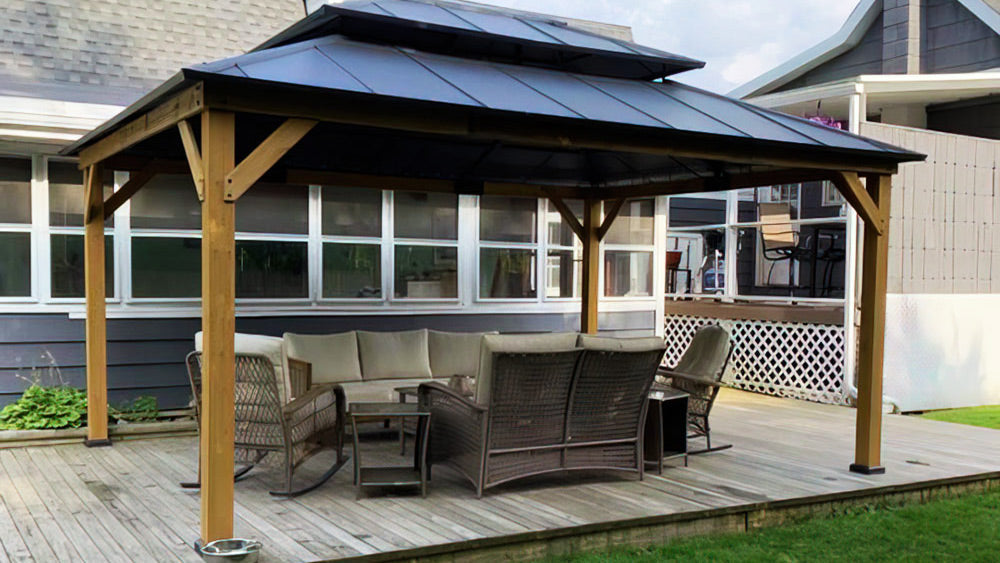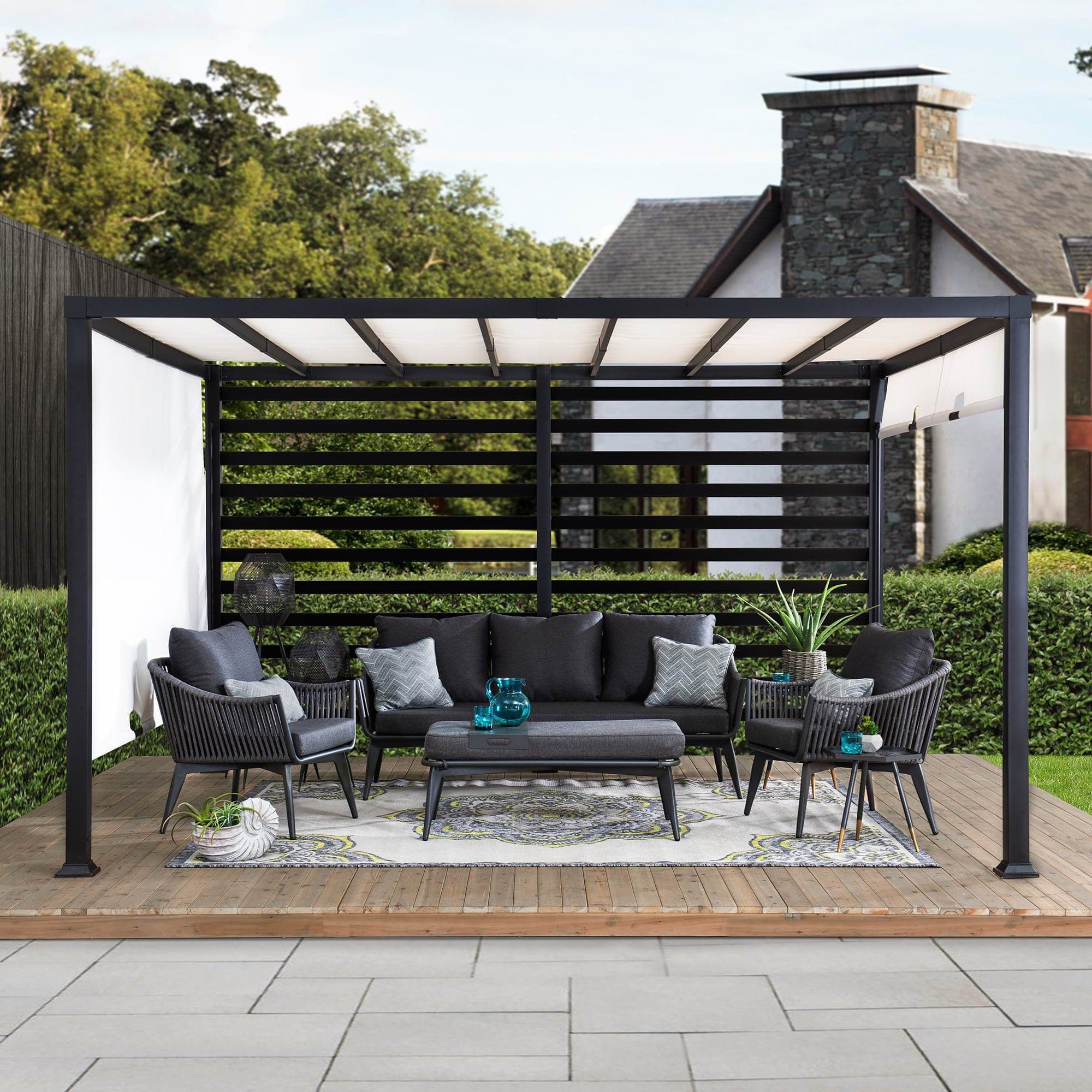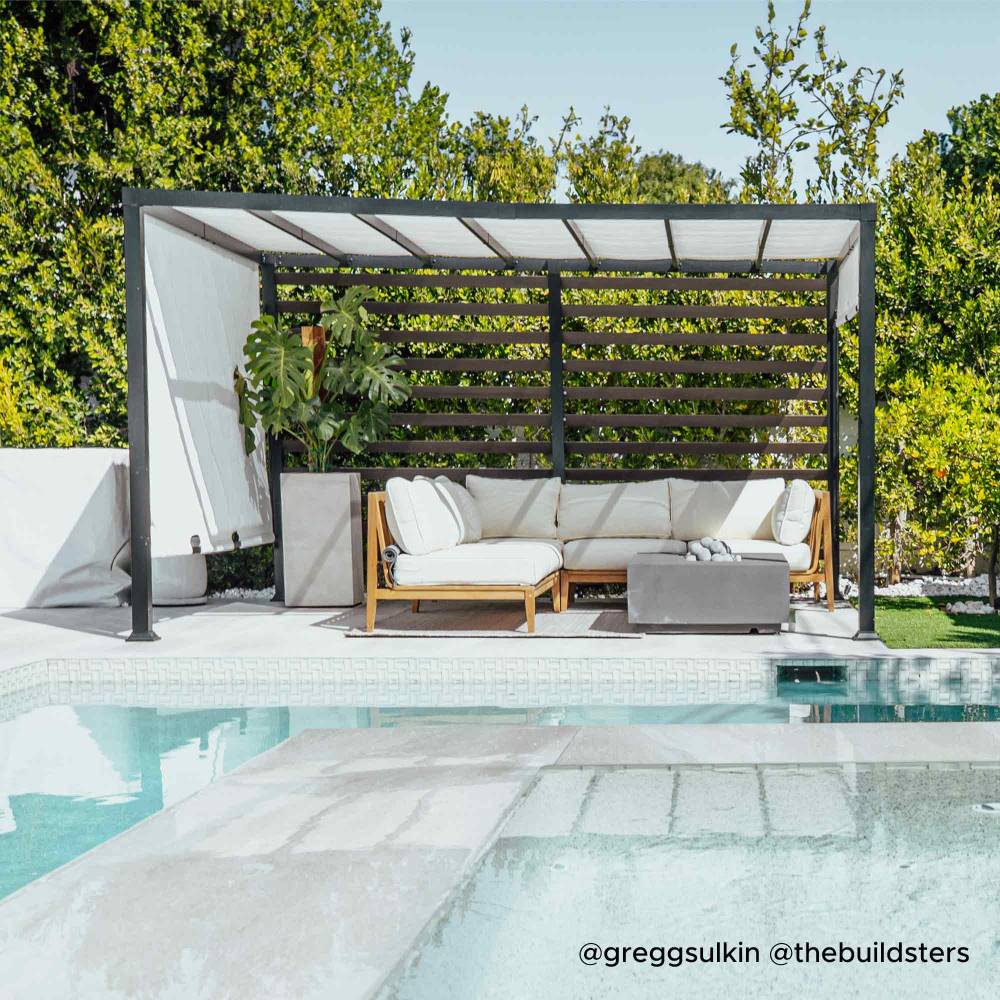Wood gazebos are timeless outdoor structures that bring warmth, character, and natural beauty to a backyard. But with wood comes one of the most common homeowner concerns: warping beams. Whether your gazebo is brand-new or has been standing for years, warped beams can undermine stability, affect aesthetics, and shorten the life of the structure.
So, how do you prevent it? Let’s break down not just the “what,” but the “why” behind warping—and actionable steps to protect your wooden gazebo for years to come.
Why Do Wood Gazebo Beams Warp?
Before solving the problem, it’s crucial to understand the cause. Warping usually happens when:
- Moisture Imbalance: Wood absorbs and releases water depending on humidity, causing expansion or contraction
- Direct Sunlight: Excessive heat dries wood unevenly, leading to twists and bends.
- Poor Installation or Support: Beams that aren’t properly anchored or spaced may bow under weight.
- Inadequate Sealing: Without a protective finish, wood is vulnerable to rain, snow, and UV exposure.
Knowing these factors means you can create a layered strategy against them.
Practical Ways to Prevent Warping
1. Choose the Right Wood and Treatment
Not all woods behave the same. Cedar and pressure-treated lumber resist warping better than softer, untreated woods. Pre-treated beams also have protective layers baked in, reducing future maintenance.
2. Seal and Reseal Regularly
Apply a high-quality outdoor wood sealant as soon as your gazebo is installed. Reseal every 1–2 years to shield against moisture and UV damage. A clear sealant maintains natural tones, while tinted options add extra UV protection.
3. Allow Proper Airflow
Ventilation under and around the gazebo matters. Stagnant moisture is wood’s enemy, so ensure space between the ground and the floor, and keep landscaping trimmed back to allow airflow around posts.
4. Strategic Placement of Your Gazebo
Placing a gazebo directly in blazing sunlight or low-drainage areas increases stress on wood. If possible, choose a site with partial shade and good drainage to balance exposure.
5. Install a Sturdy Roof and Gutter System
An overhanging roof and built-in gutters protect beams from direct rain runoff. Less water exposure means less chance of swelling and distortion.
6. Routine Inspections
Warping often starts small—a slight curve or twist. Inspect beams seasonally. Catching the early signs lets you sand, reinforce, or reseal before problems spread.
Long-Term Maintenance Tips
Avoid Pressure Washing: Strong water pressure can force moisture deep into wood, encouraging expansion.
Use Covers in Off-Season: A fitted gazebo cover reduces exposure to snow and rain.
Balance Weight Loads: Hanging heavy lights or décor unevenly can stress beams—distribute accessories across multiple hooks or posts.
The Bigger Picture: Design Choices That Matter
Preventing warping isn’t only about upkeep—it’s also about choosing the right gazebo design from the start. Premium wood gazebos with metal-reinforced roofs, insulated beams, or pre-treated cedar frames significantly reduce risks. Investing in quality up front pays off with fewer issues and lower maintenance costs.
Final Thoughts
Warping is one of the most preventable issues in wooden gazebos—if you know what to look for. By combining quality materials, protective treatments, smart placement, and ongoing care, you can enjoy your gazebo’s elegance and stability for decades.
Your backyard oasis shouldn’t become a headache. With the right strategies, your wood gazebo beams will stay straight, strong, and stunning, season after season.






